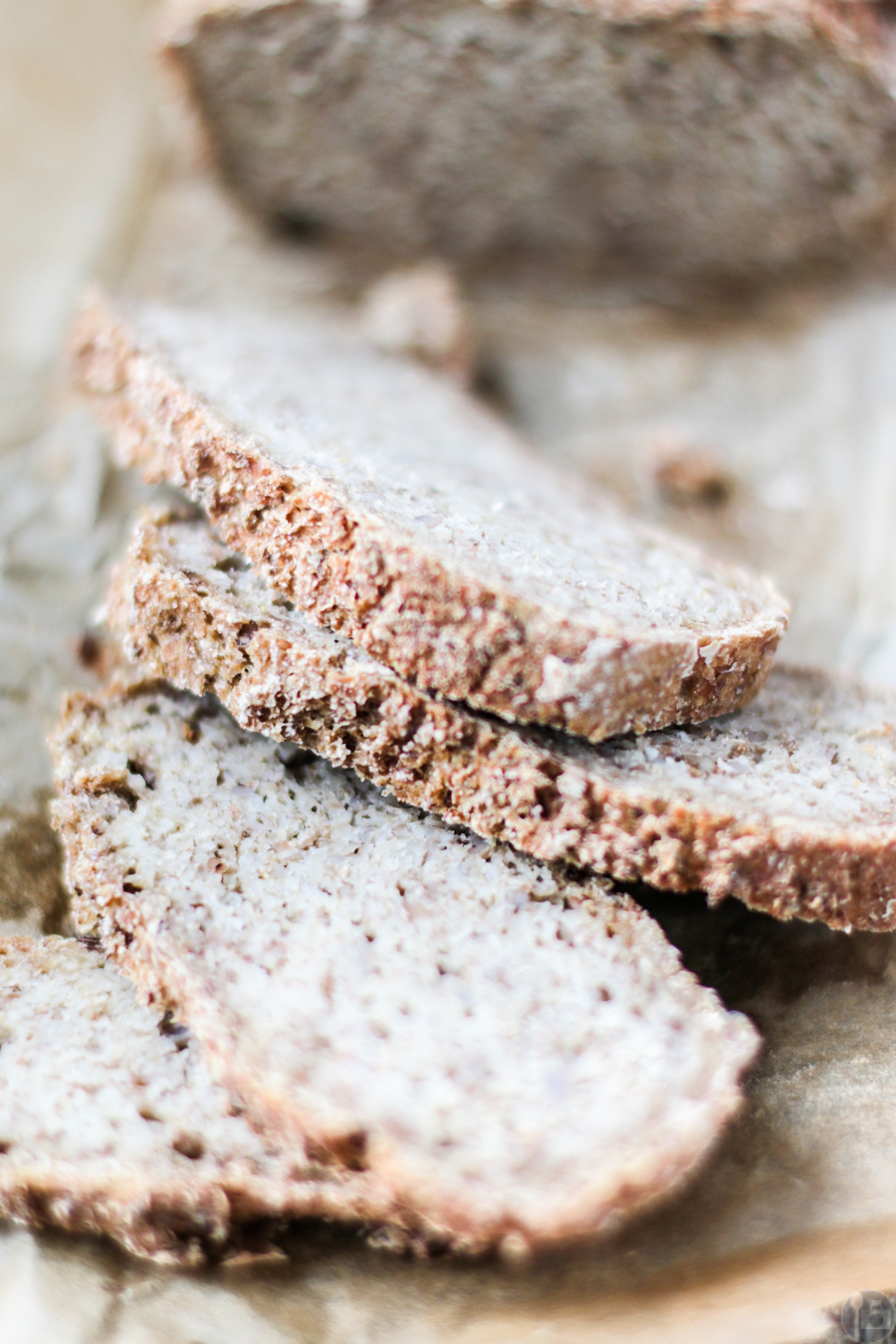
Germans bake good bread heh? I've lost count about how often I heard the sentences: "You must love bread!", "German bread is the best!" or "Do you miss your bread?" during my time in London... If I would've got a pound every time someone said it to me....
I'm seriously amazed by the reputation of my nation's bread! Okay, we always want what we can't have and appreciate rare specialities much more then our daily bread - pun intended!

I've never appreciated a proper dark rye or whole spelt/wheat bread with nuts/seeds etc. more than during my time on the island were it was hard to come by even during the current hype of sourdough bakeries. So what makes our bread so special? Let's start with the variety: over 300 different types of bread plus 1.200 rolls, buns and other small bakes can be found in bakeries across the country. We are all huge fans of sourdough breads and there's hardly a home that doesn't enjoy some kind of bakery bread at home. We don't buy our bread in the supermarkets we still go to the bakery. My mom comes from Westphalia - the german region were the well known "Pumpernickel" bread has it's heritage.


When I was younger my favourite was a "Mischbrot": Not just wheat and not just rye but the best of both worlds: flavourful rye with wheat to lighten it up. Still dense and very moist but not as hard to chew as a Pumpernickel stuffed with seeds or nuts. A thin layer of butter and a slice of cheese or a bit of cold cut meat. Yum!

Nowadays I often turn to a lighter dinner of salad or vegetables but a slice of good ol' bread is always welcome to sneak in if there's fresh one around. Or I keep it as a special treat for a relaxed weekend breakfast when there's a full feast of eggs, cheese, butter, honey, jams or nut butter.
So today I've brought you a bit of german bread feeling for your own kitchen. It's not a sourdough based bread to make things easier. There's a bit of cracked rye inside to make it nice and chewy. Plus it's packed with the goodness of oats and whole rye. It's soak, mix, loooong slow rise, shape, rise, bake, serve. Based on Jim Lahey's famous No-Knead Bread it's very little hands on time for a super delicious, flavourful bread. Enjoy and let me hear your bread stories!




Cracked Rye and Oat Bread (No-knead Method)
- makes one loaf, inspired by Jim Lahey's famous No-knead Bread
First step:
- 150g cracked rye
- 200g boiling water
Second step:
- 290 g water, warm to the touch
- 300 g oat flour (or simply process some oats in your food processor), may be substituted by all purpose or whole wheat - just keep in mind that the texture of the bread may become lighter
- 1/2 tsp dried yeast
- 1/2 tsp salt
1. Put the cracked rye into a heat-proof bowl and cover with the boiling water. Let sit for an hour.
2. Mix the remaining warm water and the yeast. Put half of the soaked rye into a large mixing bowl. Pulse the rest of the rye in your food processor or blend with a blender until it has a batter-like texture - some bits are totally fine. Add to the cracked rye along with all other ingredients. Mix well and cover with cling film.
3. Let rise in a warm, draught free place for at least 12 hours, preferably overnight or up to 24 hours for more mature flavours. Flour your working surface - put dough out of the bowl and flatten into a rectangle. Fold each of the four sides into the middle, like a package. Place seam side down on a floured tea towel or in your tin lined with baking parchment. Cover with the cling film again and let it rise for 3 more hours.
4. Now place your dutch oven or another heat proof dish with a lid in your oven and preheat to 250 °C for 30 minutes. If your dough isn't in the tin or on parchment (for a free form loaf) yet, do that now. Then put your loaf in a tin or without in your dutch oven, place the lid back on top and bake for 20 minutes. Remove the lid, lower the oven temperature to 220 °C and continue baking for 30 minutes or until loaf is nice and brown and sounds hollow when tapped. Enjoy!


Mmmm. I bet this is stellar when its toasted.
ReplyDeleteFor a long time, I want to try making bread, but it sounds difficult. So it remains in my mind. But after trying once, I can't stop. It is so nice to see the dough rising and the smell of freshly bake bread really makes me enjoy the whole process. Guess I will try this one. :)
ReplyDelete